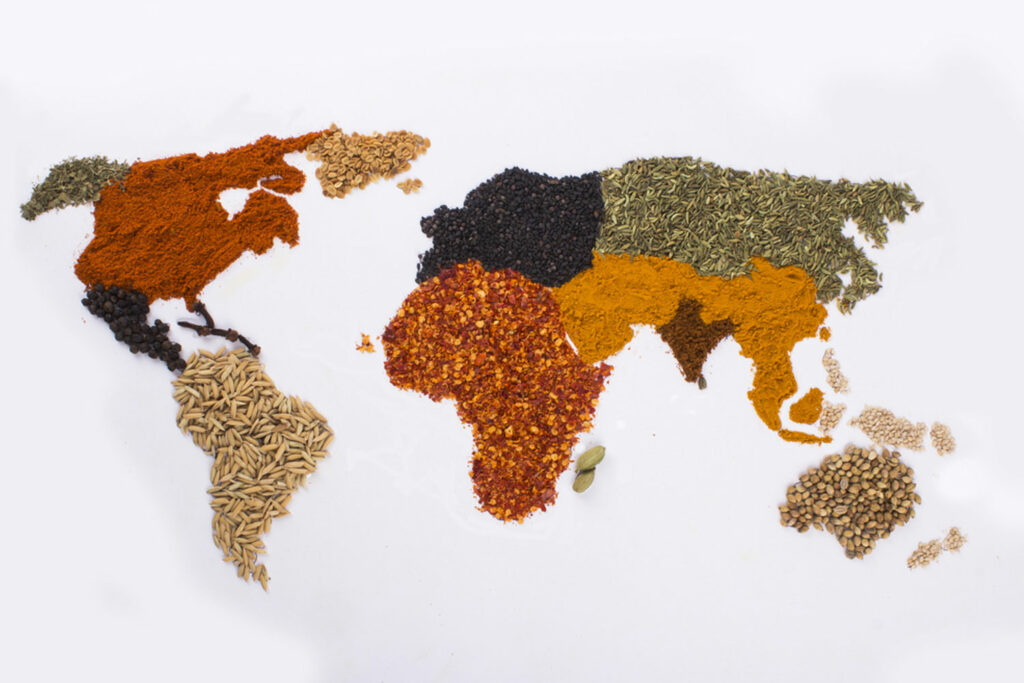
In cooking stories, spices become interesting characters, telling stories about culture, history, and tradition. Some spices are extra special because they are like symbols that connect people to where they come from and their history. They have a lasting impact and are like reminders of our roots and traditions.
Cumin – The Heartbeat of Indian Cuisine: In the vibrant tapestry of Indian cuisine, cumin reigns as a staple. Its warm, earthy notes infuse curries, dals, and biryanis, creating a symphony of flavors that reflects the heart and soul of Indian culinary traditions. Cumin’s journey from seed to spice mirrors the resilience and endurance embedded in Indian culture.
2. Saffron – The Golden Emissary of Persia: Originating in Persia, saffron is a spice that symbolizes luxury, warmth, and hospitality. Renowned for its intense flavor and rich color, saffron has been cherished in Persian culinary arts for centuries. Its presence in dishes like biryanis and sweets mirrors the opulence and sophistication of Persian cuisine.
3. Paprika – Hungary’s Red Gold: In the heart of Hungarian kitchens, paprika is more than a spice; it is a cultural icon. This vibrant red powder, derived from dried peppers, imparts a distinctive flavor to Hungarian dishes such as goulash and paprikash. Paprika’s deep roots in Hungarian culture make it an indispensable part of the nation’s culinary identity.
4. Sumac – The Tart Essence of Middle Eastern Traditions: With its crimson hue and tangy flavor, sumac is a cornerstone of Middle Eastern cuisine. Its presence in dishes like fattoush and kebabs brings a burst of citrusy brightness. Sumac not only adds depth to flavors but also reflects the zest for life embedded in Middle Eastern cultural traditions.
5. Turmeric – Golden Threads in Southeast Asian Heritage: Turmeric, with its golden hue and earthy undertones, is a symbol of prosperity and purification in Southeast Asian cultures. From Indian curries to Indonesian rendang, turmeric’s presence transcends borders, connecting diverse culinary traditions with a shared reverence for this golden spice.
These spices are part of our cultural traditions, and they are more than just ingredients in cooking. They tell stories with their smells, carrying the feelings of our history, strength, and community. Understanding why these spices are important not only makes our food taste better but also helps us value the different ways people around the world cook. Each time we use these spices, we’re reminded that flavors are like threads that connect us to stories from the past.